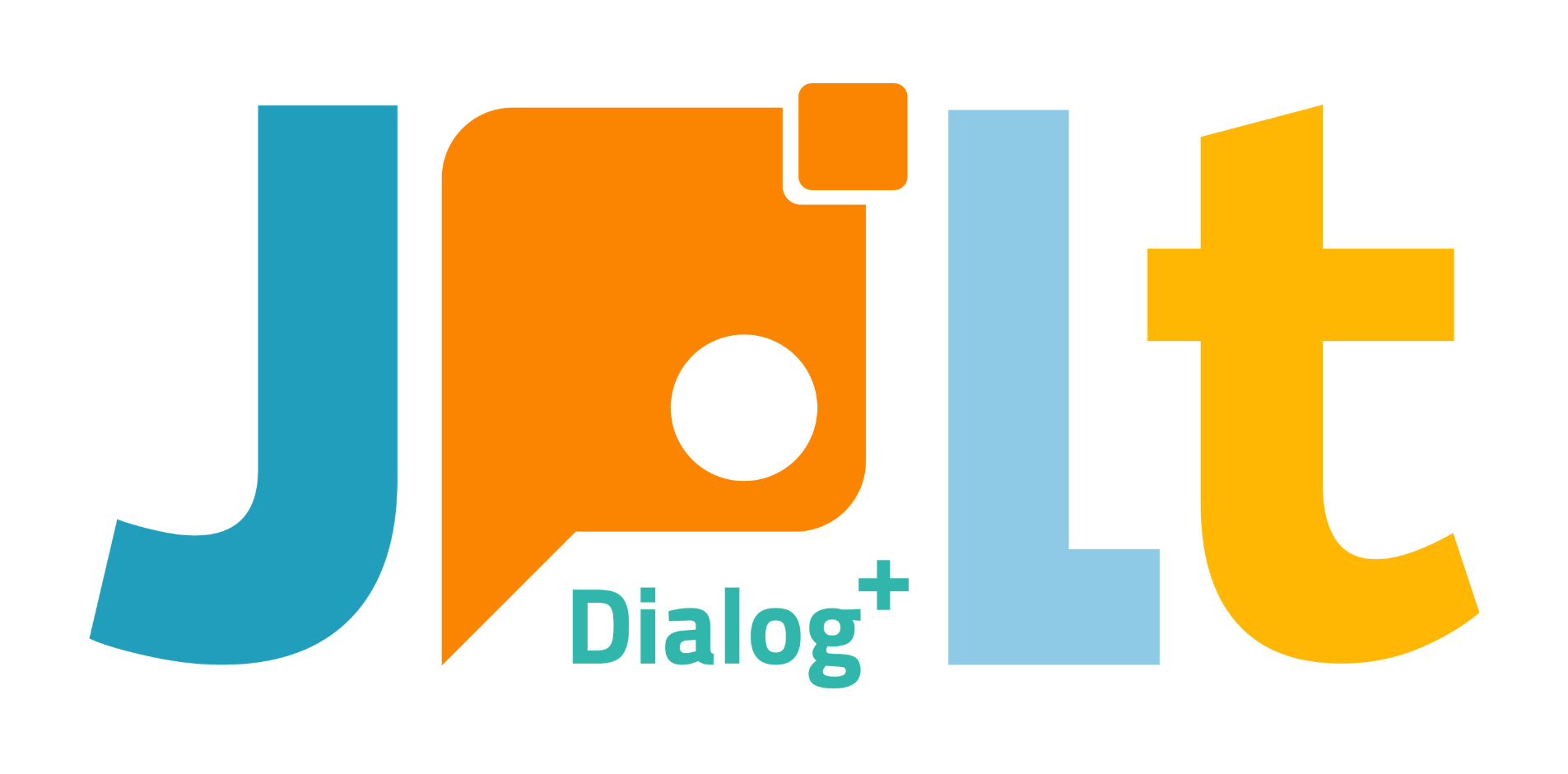The Difference Between “食べてはいけません” (Tabete wa ikemasen) and “食べないでください” (Tabenai de kudasai)
Both “食べてはいけません” (Tabete wa ikemasen) and “食べないでください” (Tabenai de kudasai) express the idea of “forbidding eating,” but do they have different nuances? Does “食べないでください” (Tabenai de kudasai) sound like a polite request, while “食べてはいけません” (Tabete wa ikemasen) feel like a strict command? Should you choose between these two expressions depending on the situation?
While both phrases essentially mean “you must not eat,” they differ in nuance and usage. In this blog, I will explain the differences between these two expressions clearly for Japanese learners, with the help of Eri from JPLT Online Japanese Language School.
What Does “食べてはいけません” (Tabete wa ikemasen) Mean?
“食べてはいけません” (Tabete wa ikemasen) is a strong and clear way of saying “you must not eat.”
-
Imperative tone: It carries a sense of command, strongly expressing the prohibition.
-
Usage: This phrase is often used in stricter situations, like when something is dangerous or prohibited in certain places.
Example sentences:
-
Doctor to a patient: “この薬は、絶対に食べてはいけません。” (Kono kusuri wa, zettai ni tabete wa ikemasen.)“You must not eat this medicine.”
-
Parent to a child: “そのお菓子は、まだ食べてはいけません。” (Sono okashi wa, mada tabete wa ikemasen.)“You must not eat that candy yet.”
What Does “食べないでください” (Tabenai de kudasai) Mean?
“食べないでください” (Tabenai de kudasai) also prohibits eating, but with a more considerate tone.
-
Polite expression: The use of “ください” (kudasai) adds politeness and shows respect to the other person.
-
Usage: This phrase is more appropriate for everyday situations or when speaking with someone you have a close relationship with, providing a softer way to express prohibition.
Example sentences:
-
Supervisor to an employee: “会議中なので、お菓子は食べてないでください。” (Kaigi-chuu nanode, okashi wa tabenai de kudasai.)“Please don’t eat snacks during the meeting.”
-
Friends to each other: “今、手がふさがっているので、ちょっと食べてないでください。” (Ima, te ga fusagatte iru node, chotto tabenai de kudasai.)“I’m busy right now, so please don’t eat for a moment.”
Summary: Differences Between “食べてはいけません” (Tabete wa ikemasen) and “食べないでください” (Tabenai de kudasai)
|
Expression
|
Characteristics
|
Common Situations
|
|---|---|---|
|
食べてはいけません (Tabete wa ikemasen)
|
Commanding tone, strong prohibition
|
Dangerous situations, strict rules
|
|
食べないでください (Tabenai de kudasai)
|
Polite expression, softer prohibition
|
Everyday situations, showing consideration
|
Which One Should You Use?
The choice between these two expressions depends on the situation and who you’re speaking to.
-
If you want to express a strong prohibition: Use “食べてはいけません” (Tabete wa ikemasen).
-
If you want to show consideration while forbidding something: Use “食べないでください” (Tabenai de kudasai).
Summary: Using “食べてはいけません” (Tabete wa ikemasen) and “食べないでください” (Tabenai de kudasai)
Both “食べてはいけません” (Tabete wa ikemasen) and “食べないでください” (Tabenai de kudasai) mean “you must not eat,” but the nuances are quite different. “食べてはいけません” (Tabete wa ikemasen) conveys a strong prohibition and emphasizes the urgency or seriousness of the situation, like warning a child not to touch a hot stove. On the other hand, “食べないでください” (Tabenai de kudasai) is more polite and considerate, used in everyday situations where you want to respect the other person while making a request, like asking someone not to eat during a meeting.
Japanese has many expressions like these, where the same action is expressed with subtle differences in tone depending on the situation and relationship. Understanding these nuances will help you communicate more naturally and effectively in Japanese.
If you’re interested in learning more about the Japanese language and its nuances, consider visiting JPLT Online Japanese Language School. Our free online community is a great place to study Japanese with learners from all over the world. We offer courses for JLPT preparation, daily conversation practice, and much more. Just like the difference between “食べてはいけません” (Tabete wa ikemasen) and “食べないでください” (Tabenai de kudasai), the Japanese language is full of exciting discoveries that can enhance your language skills.



